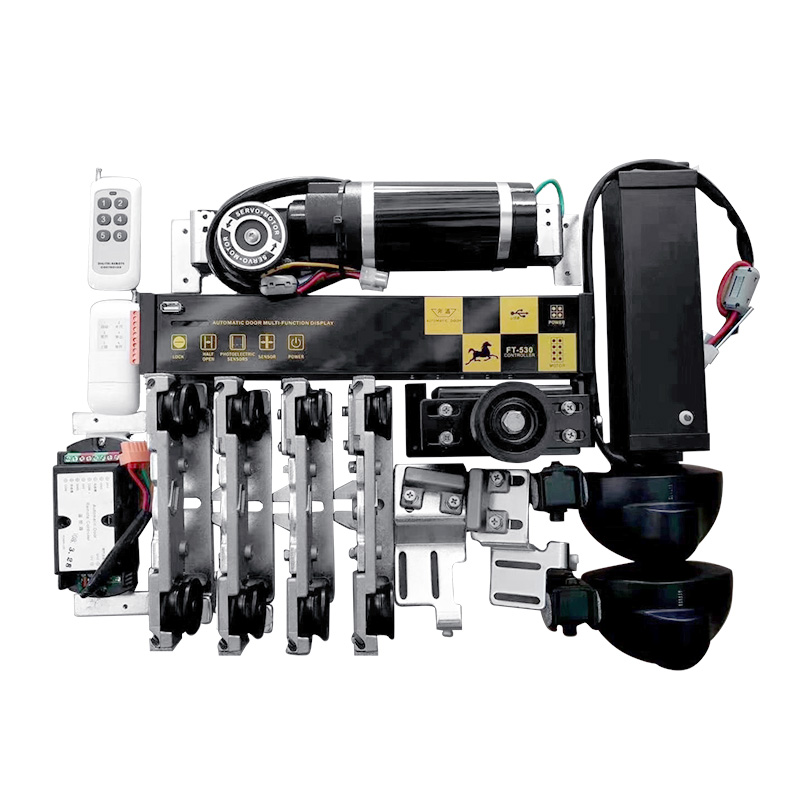What are the main components of an automatic sliding door opener system?
Automatic sliding doors have become a ubiquitous feature in modern buildings, offering convenience, accessibility, and enhanced aesthetics. These doors are powered by sophisticated systems designed to ensure smooth operation and user safety. Understanding the main components of an automatic sliding door opener system is essential for both users and maintenance professionals to appreciate the technology behind these seamless entrances.

1. Door Panels:
The door panels are the visible components of the automatic sliding door system. Typically made of glass or other durable materials, these panels slide horizontally to open and close the entrance. The size, design, and material of the door panels can vary based on the architectural requirements and aesthetic preferences of the building.
2. Tracks and Rollers:
Tracks are installed horizontally above the doorway and serve as guides for the movement of the door panels. Rollers are attached to the bottom of the door panels and glide along the tracks, facilitating smooth opening and closing motions. High-quality tracks and rollers are essential for optimal performance and longevity of the automatic sliding door system.
3. Motor and Drive Mechanism:
The motor is the powerhouse of the automatic sliding door opener system. It provides the necessary force to move the door panels along the tracks. The drive mechanism, which includes gears, belts, or chains, transfers the rotational motion of the motor into linear motion, enabling the smooth operation of the doors.
4. Control Unit and Sensors:
The control unit serves as the brain of the automatic sliding door system, managing the operation of the motor and other components. It receives input from various sensors, including motion sensors, presence sensors, and safety sensors, to determine when to open, close, or pause the doors. Advanced control units may also incorporate programmable settings for customized operation.
5. Activation Devices:
Activation devices trigger the opening or closing of the automatic sliding doors in response to user interaction or environmental conditions. Common activation devices include push buttons, motion sensors, infrared sensors, and radio frequency identification (RFID) readers. These devices ensure user convenience and accessibility while maintaining safety.
6. Safety Features:
Automatic sliding door opener systems are equipped with various safety features to prevent accidents or injuries. These may include safety sensors that detect obstructions in the doorway, emergency stop buttons for immediate cessation of door movement, and backup power systems to ensure operation during power outages.
7. Power Supply:
Automatic sliding door systems require a reliable power supply to operate effectively. They are typically connected to the building's electrical grid, but some models may also incorporate backup battery systems or alternative power sources for emergency operation.
Conclusion:
Automatic sliding door opener systems comprise several interconnected components working seamlessly to provide convenient, safe, and efficient entryways in buildings. From the motor and drive mechanism to the control unit and safety features, each component plays a vital role in ensuring the smooth operation and reliability of automatic sliding doors. Understanding these key components is crucial for proper installation, maintenance, and troubleshooting of automatic sliding door systems in various architectural settings.







